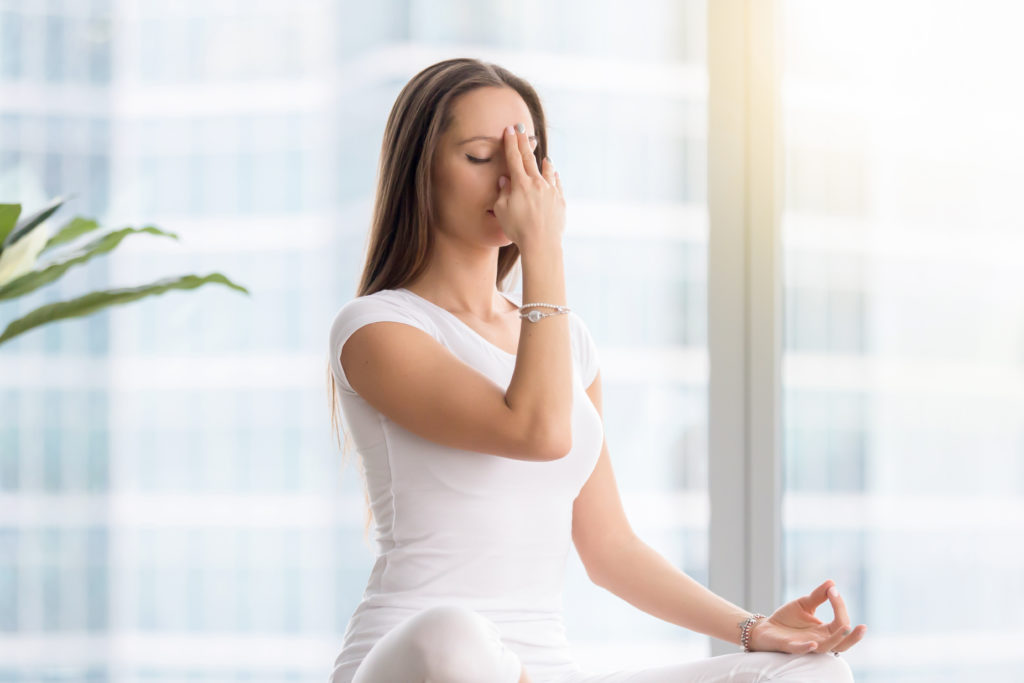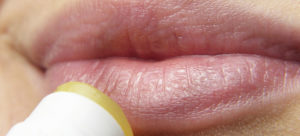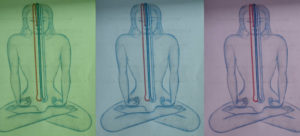
KEY HIGHLIGHTS
‣ Lung function declines with age
‣ Breathing exercises help to increase lung capacity and aid recovery
‣ Deep breathing reduces worry, fears, and anxiety
‣ Breathing techniques can be incorporated into your aerobic exercise routine
Since the beginning of their profession, doctors and healers are battling with all kinds of respiratory infections. Luckily most of them, although always certainly unpleasant, are self-limiting and do not pose much danger. However, there are times when environmental conditions and genetic mutations result in the appearance of ferocious foes that wander the earth and tear down societies. We have never been better prepared as a humanity than we are now. With extensive epidemiological tracing, advanced life support, worldwide vaccination, brave health workers and the general public high moral, social responsibility, we faced Covid-19 crises together.
Though this battle is still far from being over, we now have the greatest weapon – prevention, through vaccination. Interestingly, one of the first mentions of vaccination procedures comes from ancient India and China, where medical systems were heavily focused on illness prevention in the first place. Nevertheless, what physicians understood, is sometimes external forces are far too prominent, and our immune system needs a little extra help. The most honored healer is the one who can prevent disease and not treat it.
Without questions, vaccination is the most powerful and direct method of disease prevention in modern society. However, we should also never forget about personal responsibility to our own body in keeping it healthy. And yes, this is not the ‘burden” of doctors or health systems or whoever else. It is us who should put daily effort into eating healthy, exercising and keeping our mind at ease if we genuinely want to enjoy every moment of a potentially long and happy life.
Breathing exercises are a powerful tool that is entirely free of charge, requires minimum effort and time, but brings loads of benefits. It is a tool that was successfully used for thousands of years by virtually all cultures to maintain both body and mind free from diseases. The key is to do these exercises on a daily basis. Just as you brush your teeth to keep them healthy or drink water to aid kidneys, you can do breathing exercises to support the organ that gives you oxygen. Like the rest of the body, our lungs need daily care and attention. Moreover, if you have not been doing it until now, it is never too late to start. On top of thousands of years of beneficial experience, there is growing evidence of scientific data that proves the improvement of respiratory functions even in severely damaged lungs.
Breathlessness is the symptomatic cornerstone of the current pandemic. Unfortunately, breathing difficulty and discomfort may persist for many months, even after the disease is already long gone. Currently, there is no known magic pill or drug that can swiftly restore normal lung function after a severe injury. However, it does not mean that there is nothing you can do to support your recovery.
Just like Johns Hopkins physical therapist Peiting Lien said: “Working toward recovery starts simple: with a focus on breathing”.
How does breathing help COVID-19 recovery?
Whenever the body is infected with COVID-19 or another respiratory virus, the immune system battles the virus right away. This immunological reaction creates a lot of debris in the lungs, which must be removed by lymphatic drainage. This debris is what blocks oxygen from being absorbed into the blood. Proper function of the lymphatic system requires breathing and active movement. Various breathing exercises that alternate deep inhales and exhales generate pressure differences in the lungs for adequate lymphatic drainage and clearance of those debris.
The breathing pattern may be changed as a result of sickness or overall deconditioning, with less diaphragmatic movement and more activation of neck and shoulder accessory muscles. The breathing techniques aim to normalize breathing patterns and increase respiratory muscle efficiency, resulting in less energy consumption, airway irritation, and tiredness.
Breathing exercises improve the exchange of oxygen and carbon dioxide in the lungs by deepening each breath. As a result, this improves overall lung capacity. In addition, deep breathing opens up airways and clears up excessive lung secretions.
The COVID-19 epidemic has both physical and mental consequences, and regular deep breathing exercises can assist in alleviating both. Breathing exercises can provide a sense of calmness, which is vital for the healing process and recovery. The general state of stress and anxiety leads to muscular tension that decreases the range of motion in the chest wall. This may result in shallow and rapid breathing that is not efficient for proper oxygen exchange. As you recover from any lung infection, you will need to strengthen the muscles that help you breathe. The diaphragm and the muscles of the chest wall are among these muscles. Just like exercising your body makes your muscles stronger, doing breathing exercises will strengthen your lungs. Breathing exercises are a great way to strengthen the diaphragm and educate the body to engage the lungs to breathe more deeply and effectively.
Exercising in this way boosts your overall energy levels, as each cell in the body receives the oxygen it requires to operate. More significantly, the healthier and more efficient lungs are better equipped to fight any future infections. They can also assist with constantly growing irritation, frustration, and anxiety brought on by the pandemic.
So, don’t forget to dedicate at least 5-15 minutes per day to breathing exercises.
1. Diaphragmatic (“belly”) breathing
1 | Diaphragmatic breathing is a form of focused, deep “belly” breathing that engages the diaphragm, our primary breathing muscle, to restore lung function. Movement of the diaphragm stretches and opens the base of the lungs, pulling the air into the lowest lobes. As a result, the breathing capacity increases, allowing more air to move in and out of the lungs. It is a simple technique to expand your lungs, improve their function and clear out phlegm. It also encourages the nervous system’s relaxation, lowers heart rate and blood pressure, and reduces oxygen demand. You can do this many times during the day in any place or |
2. Breathing control
Pursed lip breathing slows your respiratory rate, letting your airways stay open for extended periods and therefore increasing oxygen intake. It is designed to make your breaths more efficient by making them slower and more intentional. The goal of this form of breathing technique is to exhale for more counts than you inhale. Commonly, this is done by counting to two seconds on the inhale and four seconds on the exhale. With each breath out, try to let go of any tension in your body. Slow down your breathing gradually. Breathing control is essential in between more intense exercises because it helps the airway to rest. It can also help you when you are short of breath or feeling worried, anxious, or in a panic. | 1 2 3 4 |
3. Breath stacking technique
Breathing stacking is a technique for increasing and maintaining the size of your breath. It is used to expand your lungs, strengthen the respiratory muscles and help clear secretions, minimizing the risk of chest infections. It can also be used to improve the strength and efficacy of the cough and enhance your voice. It helps to keep the rib cage mobile and flexible and stretches respiratory muscles. | 1 2 3 4 5 |
4. The balloon exercise
1 2 3 4 5 | Blowing balloons engages intercostal muscles that are responsible for raising the diaphragm and spreading the ribcage. This causes the lungs to expand, allowing more oxygen to be delivered. The more oxygen you give your body during exercise, the longer you can go without being out of breath and tired. Try to exhale without filling your cheeks with air or tightening your neck. If you start to feel pressure in your face or get flushed, it means you’re not using your breathing muscles. Blow a specified number of balloons each day. |
5. “Nine-fold Purification Breathing”
It is a Tibetan variant of alternate nostril diaphragmatic breathing. Detailed instructions can be read here. It combines some of the above techniques into a set of total nine breaths that is advised to do every morning as we wake up. Like a morning stretch or run, it stimulates the work of the diaphragm muscle. And there is nothing better than starting your day with a healthy oxygen boost and a clear mind. This technique also has a strong meditative component, which helps you become more aware of breathing and the body in general.
Aerobic exercise
Regular aerobic exercise (commonly known as “cardio”) can improve not only heart health but also overall lung function. Generally breathing exercises can be seen as any activity that increases your breathing rate. Brisk walking, running, swimming, jumping jacks or dancing, it is your choice. Every week, adults should engage in at least 150 minutes of moderate to intense physical activity.
Staying active is particularly important for older people, as lung function declines with age. The muscles that help you breathe weaken, lung tissue loses elasticity, and the air sacs enlarge. Doing regular cardio has been found to slow down these aging processes and enhance overall lung function.
Aerobic activity also allows air to reach the deepest regions of your lungs that you don’t use when you are sedentary. If there is an accumulation of secretions or mucus, aerobic activity will help you clean them out of your lung, lowering your chance of infection.
It is also important to remember back muscles strengthening to assist your breathing by improving your posture.
If you avoid activities that leave you out of breath, your muscles get weaker. Weaker muscles require more oxygen to function correctly. Over time you may feel increasingly out of breath. This is called the vicious cycle of inactivity. By being more active, you can strengthen your muscles and break this destructive cycle.
Create your own workout
You can educate your body to improve its breathing techniques, just as you can learn to ride a bicycle or play the piano. If you practice regularly, you will be able to train your body to breathe from the abdomen most of the time.
Choose the breathing exercises that are best for you. Then, make a list of your daily routine and goals. You can also incorporate breathing techniques in your regular exercise schedule to slow down your heart rate, improve oxygenation and postpone fatigue.
Don’t forget that you can easily start these techniques at home during self-isolation or quarantine.
Precautions
Take your time and do not rush. Do not push yourself even if you had just mild respiratory symptoms. Keep an eye on what is going on with your body; observe and listen. It is advisable that you slowly and gradually return to full activity.
Do not perform breathing exercises if you are currently sick and having acute fever, cough, chest pain, or shortness of breath at rest. Stop if you start to feel dizzy or lightheaded, nauseous, cold or clammy skin, and chest palpitations. Consult your doctor if any symptoms of lung infection return.
Do not take any food an hour before breathing exercises.
Contact us with any respiratory questions you have or to check out the products and services we offer!





